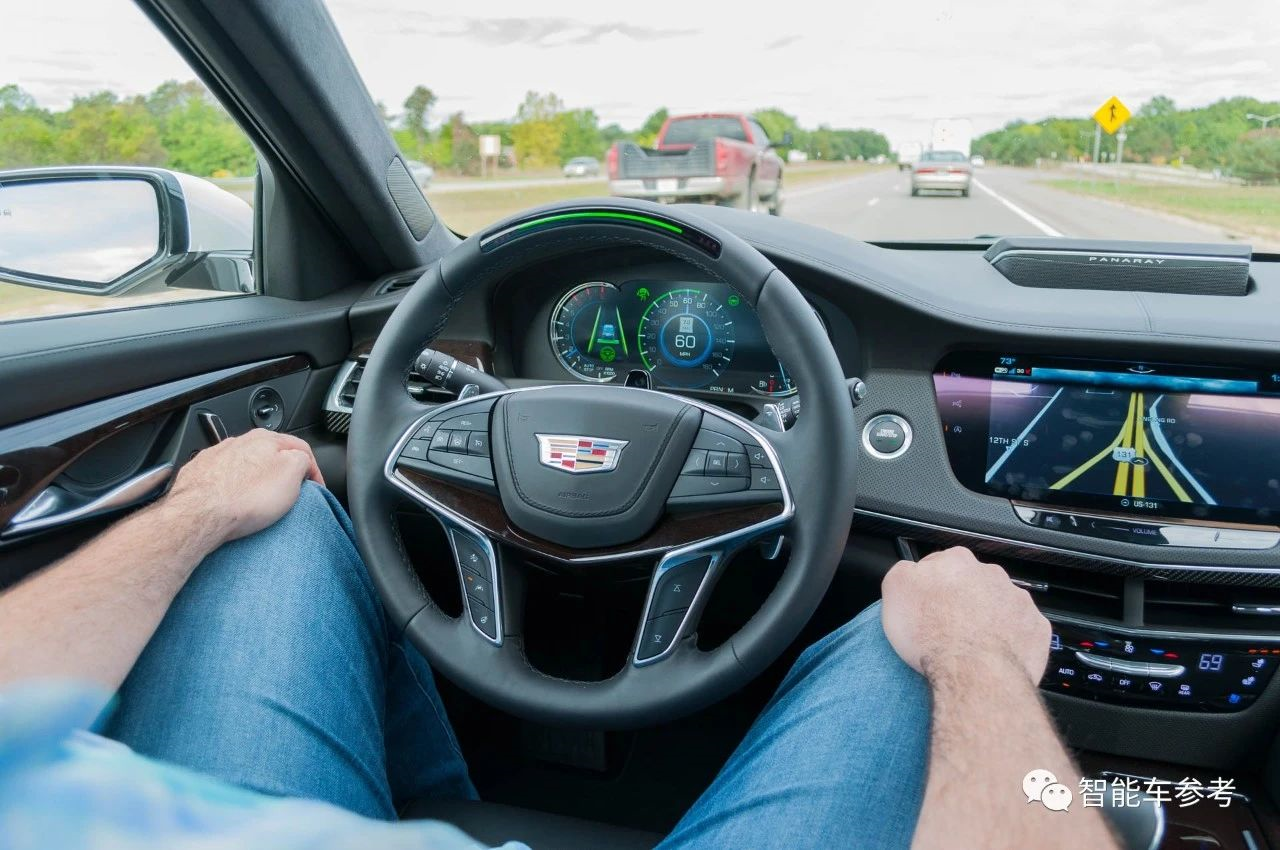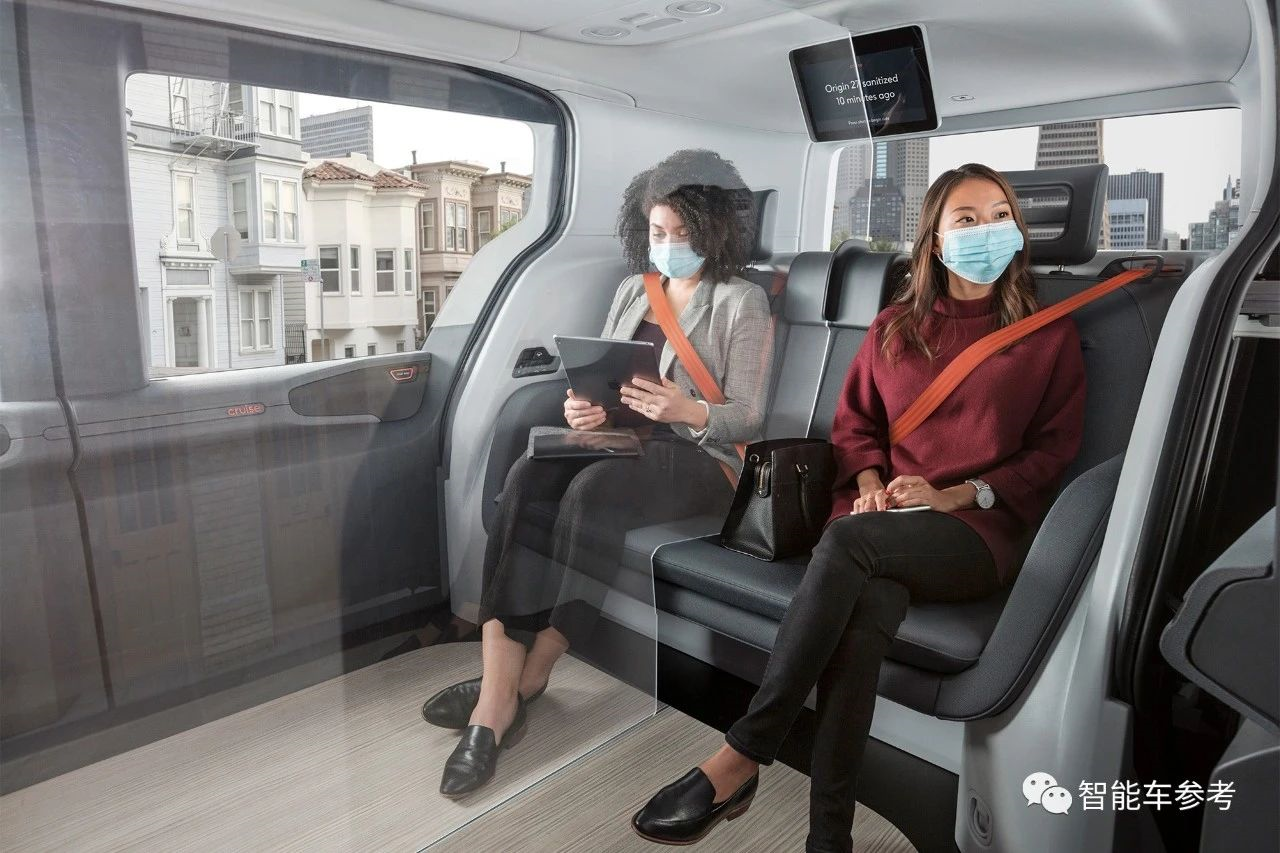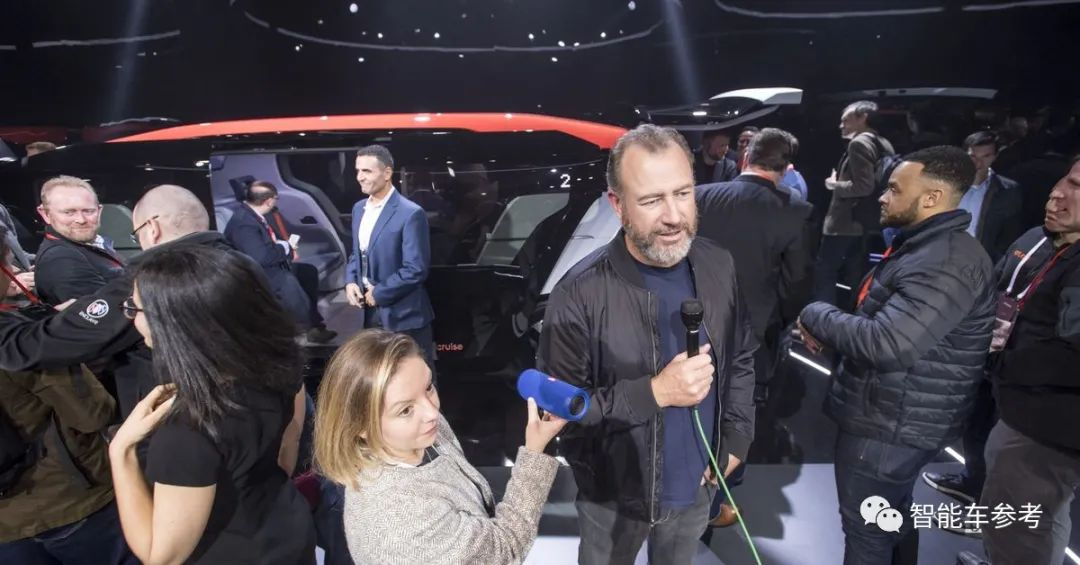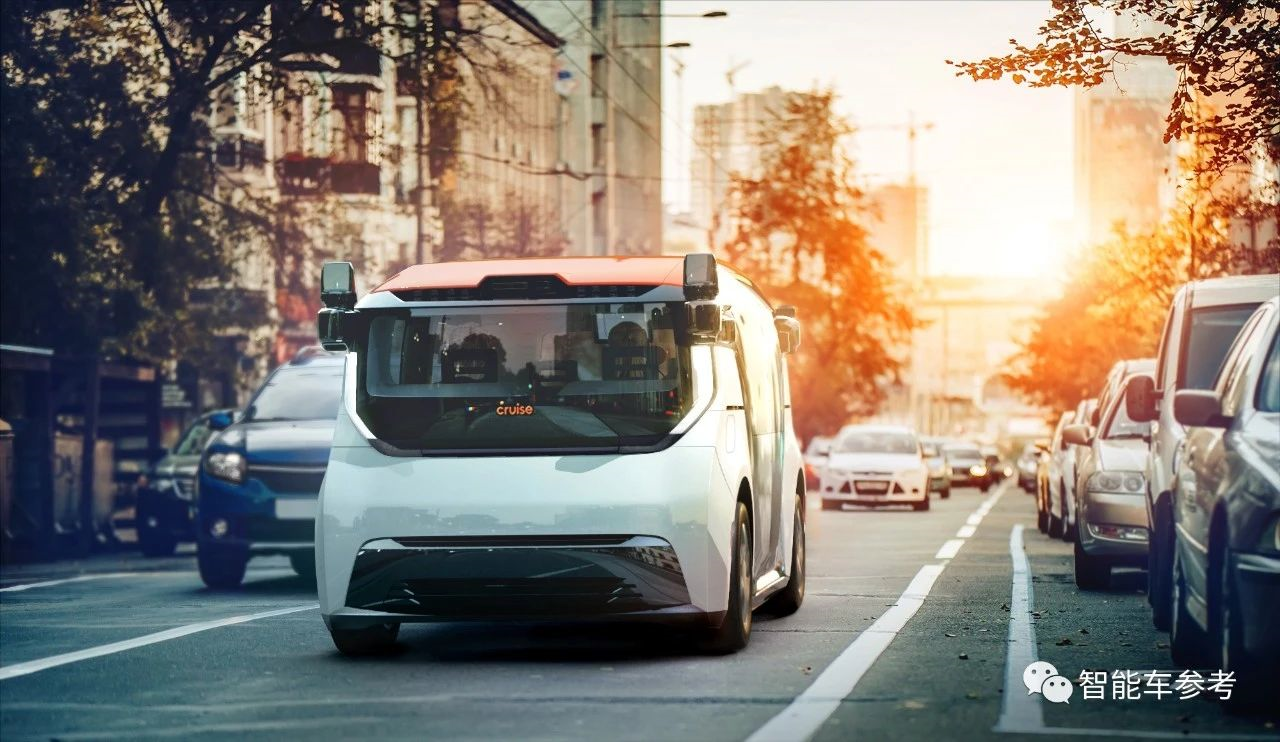Posted by Zhiyi on the second day of the lunar new year
AI4Auto WeChat Official Account: Reference for Smart Cars
Another big player in the field of autonomous driving.
Cruise received a funding of $1.35 billion, equivalent to RMB 8.587 billion, from SoftBank Vision Fund, a company under the investment of Son Masayoshi, on the basis of an initial investment of $900 million.
The reason is simple, Son Masayoshi had promised to invest an additional $1.35 billion if Cruise could deploy RoboTaxi for commercial use.
Now, with the new progress made by Cruise in the landing of RoboTaxi in San Francisco, it has proven its ability and potential to Son Masayoshi.
It is reported that Cruise has completed the final preparations for the deployment of RoboTaxi in San Francisco and is about to offer RoboTaxi services to the public, including in “high-density” areas such as Chinatown in San Francisco.
However, it will be carried out in phases.
In the first phase, the timing is set from 23:00 to 5:00, which is the nighttime period.
Although Cruise claims that “nighttime tactics” are part of its corporate strategy, it is obvious that nighttime road conditions are much simpler than daytime ones.
In addition, there is a “whitelist” admission system for passengers, which means that passengers need to apply for and obtain qualifications to use RoboTaxi, rather than being able to use it whenever they want.
But since it is open for use, this admission system should be canceled after deployment.
Therefore, it can also be understood that the first phase of Cruise’s RoboTaxi deployment in the Central Business District (CBD) is focused on nighttime service.
As for pricing and fees, they have not yet been disclosed.
Of course, the RoboTaxi provided will be fully unmanned. Because earlier, Cruise had already obtained all licenses, including unmanned passenger transportation, and it is the fastest-growing autonomous driving company in the United States and even in the world.
The Cruise Journey
Cruise was founded in 2013 and was acquired by General Motors in 2016 for $581 million.
After being acquired by General Motors, Cruise became its unmanned vehicle department, and it was also the first to introduce the Super Cruise automatic driving function on its high-end Cadillac models, which was superior to Tesla and domestic high-speed navigation driving players in specific loop or high-speed scenarios.But in June 2018, under the influence of Masayoshi Son’s “coaxing”, General Motors split Cruise again for separate financing.
With the Vision Fund of hundreds of billions of dollars, Son directly invested $2.25 billion in the Cruise project, with a high valuation of $11.5 billion, and capitalized Cruise.
Son also followed his usual style and quickly brought in Japanese carmaker Honda, pushing Cruise’s valuation to $19 billion, and setting a timetable for commercialization and IPO.

Regulatory documents show that if Cruise does not IPO, split, sell or dissolve within 7 years after SoftBank Vision completes its investment, SoftBank can convert its stock holdings into GM ordinary shares.
And after the split, Cruise’s money-making road is still continuing. Just last year, under Microsoft’s lead, Cruise received a new financing of $2 billion, and its valuation also soared to $30 billion, ranking among the top three in the world with Waymo and Baidu Apollo.
And Cruise has also become one of the world’s most funded autonomous driving companies because of its $4.25 billion in funding.

In terms of business model, Cruise takes a two-pronged approach.
One leg is a technology company that provides autonomous driving solutions to automakers, and the buyer is very stable, at least General Motors.
The other leg is a provider of unmanned driving travel solutions that land with RoboTaxi.
And in January 2020, Cruise took an important step: Cruise Origin was released.
This is an unmanned driving car designed specifically for RoboTaxi, without a steering wheel, brake, and throttle, and even the rearview mirror is canceled.
Looking at the appearance, it doesn’t look like a “normal” vehicle, but more like a “minibus”.
The car can accommodate six passengers, with two rows of seats facing each other, and long legs can stretch as long as they want… There is also a dedicated space under each seat for luggage.

There is also a large screen in the car for human-machine interaction during the journey.
In addition, sensors are arranged around the body of the car, including lidars, millimeter-wave radars, cameras, etc., and the car is equipped with a computing unit.The overall cost is as high as 300,000 to 400,000 US dollars. It took nearly 1,500 people from General Motors, Cruise, and Honda three years to build.
However, the release of Cruise Origin still stunned the industry and was quickly approved for road testing on public roads in California.
The only regret is that the RoboTaxi launched this time will not be completely redesigned for Cruise Origin.
Another regret is that Dan Ammann, the CEO of Cruise, suddenly resigned on the eve of Cruise’s launch of commercial RoboTaxi.

- End –
This article is a translation by ChatGPT of a Chinese report from 42HOW. If you have any questions about it, please email bd@42how.com.
